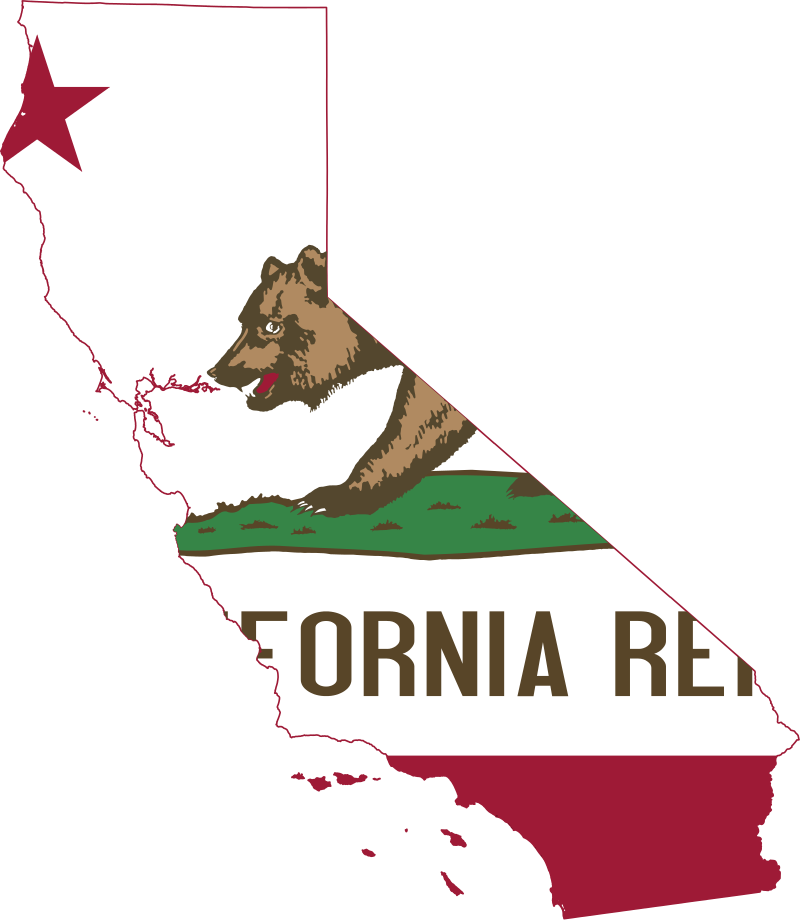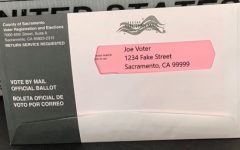
California State Capitol. (Photo: Kevin Sanders for California Globe)
Elections to Fill Vacancies in California
In the case of a vacancy in a congressional or legislative office, the Governor is required to issue a proclamation
By Chris Micheli, February 6, 2022 9:20 am
California’s Elections Code provides a number of statutory provisions related to filling vacancies in elected offices. These provisions are found in Division 10, Part 6 of the Elections Code. Chapter 1 deals with the nomination of candidates for legislative and congressional offices at special elections. Section 10700 requires the Governor to call all statewide special elections by issuing a proclamation.
In the case of a vacancy in a congressional or legislative office, the Governor is required to issue a proclamation, within 14 calendar days of the occurrence of the vacancy, calling a special election. A copy of the proclamation is to be sent to the board of supervisors of each affected county.
Section 10701 provides that, when a vacancy occurs in a congressional office after the close of the nomination period in the final year of the term of office, the Governor may decline to issue an election proclamation at his or her discretion. However, when a vacancy occurs in a legislative office after the close of the nomination period in the final year of the term of office, no special election is to be held.
Section 10702 specifies that this chapter provides the procedures for nomination and election of candidates at any special election to fill a vacancy in the office of Representative in Congress, State Senator, or Member of the Assembly.
Section 10703 requires a special election to fill a vacancy in the office of Representative in Congress, State Senator, or Member of the Assembly to be conducted on a Tuesday at least 126 days, but not more than 140 days, following the issuance of an election proclamation by the Governor.
Section 10704 requires a special primary election to be held in the district in which the vacancy occurred on the 9th Tuesday or, if the 9th Tuesday is the day of or the day following a state holiday, the 10th Tuesday preceding the day of the special general election at which the vacancy is to be filled.
An application for a vote by mail ballot for a special election must be made and processed in the manner required. The sample ballot for a special election is required to contain a written explanation of the election procedure for voter-nominated office. Immediately after the explanation there is be printed the following: “If one candidate receives more than 50% of the votes cast at the special primary election, he or she will be elected to fill the vacancy and no special general election will be held.”
On the ballot for a special election, immediately below the instructions to voters, there is to be a box not less than one-half inch high enclosed by a heavy-ruled line the same as the borderline. This box must be as long as there are columns for the ballot and must be set directly above these columns. Within the box is to be printed the words “Voter-Nominated Office.” Immediately below that phrase within the same box must be printed the following:
“All voters, regardless of the party preference they disclosed upon registration, or refusal to disclose a party preference, may vote for any candidate for a voter-nominated office. The party preference, if any, designated by a candidate is selected by the candidate and is shown for the information of the voters only. It does not imply that the candidate is nominated or endorsed by the party or that the party approves of the candidate.”
Section 10705 requires all candidates to be listed on one ballot and, if any candidate receives a majority of all votes cast, he or she is declared elected, and no special general election will be held.
Section 10706 states that, if no candidate receives a majority of votes cast, the names of the candidates who receive the highest or second highest number of votes cast at the special primary election must be placed on the special general election ballot.
Section 10707 provides that, whenever a special general election, or a special primary election, to fill a vacancy in Congress or the State Legislature is consolidated with a statewide election, the candidates to fill the vacancy must appear on the consolidated ballot immediately preceding the candidates for that same seat in Congress or the seat in the Legislature that most nearly encompasses the same geographical area at the statewide election, or the elections official at his or her option may print a separate and distinct ballot.
Chapter 2 deals with a vacancy in the U.S. Senate. Section 10720 provides that, if a vacancy occurs in the representation of this state in the Senate of the United States, the Governor may appoint and commission an elector of this state who possesses the qualifications for the office to temporarily fill the vacancy until a person is elected at a statewide general election to hold office for the remainder of the unexpired term and is admitted to the vacated seat by the United States Senate. The person so elected holds office for the remainder of the unexpired term.
Chapter 3 deals with vacancies in Congressional offices caused by catastrophe. Section 10730 provides the procedures for nomination and election of candidates at a special election to fill vacancies in the House of Representatives caused by a catastrophe.
Section 10731 provides definitions of “catastrophe,” “vacancy,” and “disappearance.” Section 10732 requires the Governor to issue a proclamation calling a special election within seven days of a catastrophe.
Section 10733 states that, in the event of a catastrophe that causes a vacancy in at least 101 of the offices of the United States House of Representatives, including at least one of the offices representing California, a special election to fill a vacancy in the office of Representative in Congress is to be conducted on a Tuesday not more than 49 days following the announcement of the vacancy by the Speaker of the United States House of Representatives. The Governor is required to issue a proclamation calling the special election within one day of the Speaker of the United States House of Representatives announcing the vacancy.
A special election may be conducted within 75 days following the proclamation in order that the special election may be consolidated with the next regularly scheduled statewide election or local election occurring wholly or partially within the same territory in which the vacancy exists, provided that the voters eligible to vote in the local election comprise at least 50 percent of all the voters eligible to vote on the vacancy.
Section 10734 prohibits a special primary election from being held for a special general election. Candidates at the special general election must be nominated in the manner set forth in law and nomination papers must be left with the county elections official for examination not less than 39 days before the special general election, and they must be filed with the Secretary of State not less than 35 days before the special general election.
Any deadlines relating to canvassing, announcement of election results, or certification of election results may be extended for a reasonable period of time to facilitate the tabulating and processing of ballots cast. An extension of a deadline pursuant to this section must be authorized by the Secretary of State.
- Frequently Asked Questions about of OAL’s Standards of Review for Regulations - April 16, 2024
- Frequently Asked Questions about Other Constitutional Provisions and the Legislature - April 15, 2024
- Good Example of Municipal Affair Explanation - April 14, 2024




